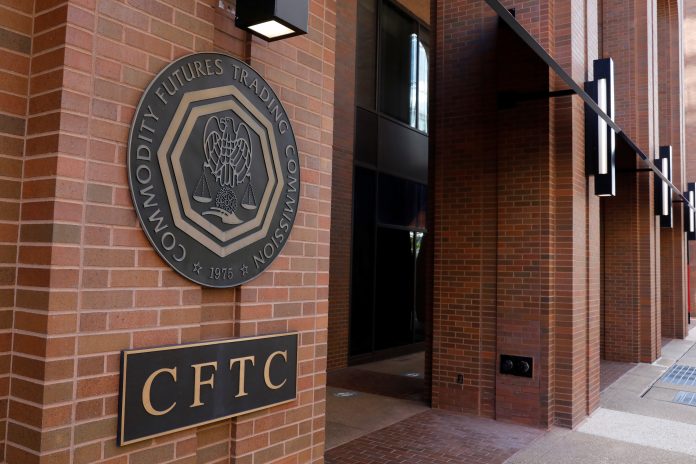The U.S. Commodity Futures Trading Commission (CFTC), under Acting Chair Caroline Pham, launched a Digital Assets Pilot Program.
This initiative allows registered Futures Commission Merchants (FCMs) to accept Ethereum (ETH), along with Bitcoin (BTC) and USD Coin (USDC), as margin collateral in regulated derivatives markets such as futures and swaps.
This is not a broad approval for Ethereum to be used as collateral in general consumer or bank loans in the U.S. Instead, it applies specifically to margin requirements in leveraged derivatives trading on CFTC-regulated platforms.
Margin collateral is posted to secure positions in futures or swaps contracts, effectively backing leveraged trades which can be seen as a form of “loan” in the context of leverage provided by the broker.
The pilot starts with a three-month phase limited to BTC, ETH, and USDC. Participating firms must follow strict rules, including weekly reporting of holdings, immediate notification of issues, and proper custody/segregation.
The CFTC also withdrew a 2020 advisory that had restricted virtual currencies as collateral and issued new guidance for tokenized real-world assets. This builds on recent U.S. regulatory shifts, including the GENIUS Act, to bring more crypto activity into regulated onshore markets.
This move is seen as a significant step toward integrating crypto into traditional finance, potentially boosting institutional adoption while maintaining oversight. This is a controlled three-month pilot with strict oversight, including weekly reporting and immediate issue notifications.
It’s not a blanket approval for general loans but a targeted step toward integrating crypto into traditional finance. Institutions and crypto-native firms can now post ETH or BTC/USDC directly as collateral without selling into fiat, avoiding tax events, opportunity costs, and forced liquidations.
This unlocks “trillions” in dormant crypto holdings for productive use in U.S.-regulated markets, potentially reducing margin requirements by up to 30% for firms with heavy crypto exposure.
Analysts describe it as a “watershed moment,” removing a major friction that has kept institutional money offshore like on Binance, which dominates crypto derivatives volume. Aims to bring trading and leverage back from offshore platforms to CFTC-regulated venues, enhancing U.S. competitiveness.
Combined with recent spot crypto trading approvals on CFTC exchanges and the GENIUS Act, it provides clearer rules, encouraging institutions, 85% of surveyed firms plan crypto allocations in 2025, per JPMorgan.
Its enables 24/7 margin adjustments since crypto settles instantly, even on weekends/holidays—reducing liquidity squeezes and settlement failures common in traditional banking hours. Crypto.com CEO call it enabling “true 24/7 trading” in the U.S., making derivatives markets more resilient during volatility.
Accompanying guidance clarifies tokenized real-world assets such as U.S. Treasuries, money market funds can fit existing rules if custody/valuation standards are met. Withdraws outdated 2020 advisory restricting virtual currencies as collateral, signaling a technology-neutral approach.
Paves the way for future expansions if the pilot succeeds. Analysts viewed it as highly bullish for ETH and BTC, validating them as “elite” collateral alongside cash and Treasuries. Increases demand for holding ETH long-term and could drive inflows into regulated products.
Short-term price reaction appears positive in reports, ETH quoted around $3,072 on announcement day, though broader market factors play a role—no major crash or unrelated dip noted. Strong guardrails protect customers: conservative haircuts discounts on collateral value, segregated custody, and real-time CFTC monitoring.
Pilot allows data collection on risks (volatility, custody issues) before permanent rules. Distinguishes “safe” assets like BTC, ETH, USDC from others creating a de facto hierarchy. This is a pragmatic, pro-innovation move under Acting Chair Caroline Pham, blending crypto with TradFi while prioritizing oversight.
If successful, it could accelerate mainstream integration, boost ETH’s utility/value, and position the U.S. as a leader in tokenized finance. Long-term, expect expanded programs and higher institutional participation.







